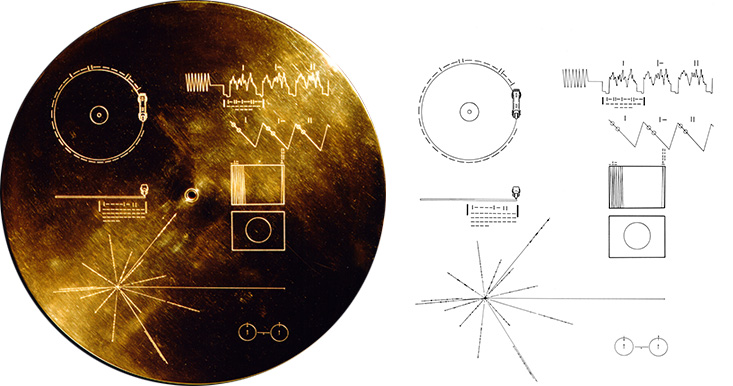Sometimes you get lucky. I was lucky when I found this calculator:
I was excited by this find. You don't find many of these in the calculator bins at thrift stores because the internet has made them famous. They are easy to get, but not for $3.00. The 11C (from the Voyager series) was a mid-range RPN programmable scientific. This one was made around 1987 and while used, it is clean and works really well.
I have another Voyager series calculator, but it's the more common (and still manufactured) 12C Financial. The 12C is a hard calculator to like because of late-stage capitalism, but the 11C is filled with scientific goodness. Sine? Check. Statistical analysis? Check. Programming? Check. This little gem has it all.
As I was enjoying playing around with these marvelous buttons, I started thinking about the back of these little wonders. Why the back? The back is covered with information engraved on an aluminum sheet. The back serves as a cheat sheet of sorts; offering guidance on how to program the device, common error codes, battery size and orientation. It's delightfully empty of words instead relying on the dual universal language; images and math. I took the time to search through the manual to understand it and make this information graphic:
Fun right? Maybe not exactly fun for the people who relied on this calculator to make rockets, vaccines, or nuclear power plants. While I'm not a practitioner of the hard sciences myself, I do respect and understand the importance of science and mathematics in the history of human thought and appreciate the beauty and aesthetic nature of this type of communication.
Not much older than myself, these two spacecraft have been flying through the expanse for over 40 years. Millions of miles away from this planet and our sun, this probe just keeps traveling. Unless it's destroyed by an interstellar collision or pick up by another civilization, it will silently keep traveling.
Like the back of the HP11C there is a cheat sheet on this spacecraft in the shape of a golden record. Most of the interest in the golden record centers around the content of the golden record. While interesting, I think that the cover of the record is even more intriguing. How do you communicate with someone using images and math? The committee that created the visual/auditory anthology on the record created this:
The hope that a far future people can understand the cover and its instructions is almost an act of faith.
The cover and the contents of the record says more about us as humans than it could ever say to a distant people. Sagan likened the record as a note in a bottle. It may reach far distant shores or it may be lost in the vast unknown. Both are possible, but we hope the bottle lands none-the-less. We know that the record is there. We know that the information lives on. We know that something of ourselves is out there. It's as romantic and artistic a view of space travel as we are likely to get from scientists. (Unrelated, send poets and artists into space, not just scientists.)
If Voyager is a message in a bottle what is the back of the HP11C Voyager? Is it a Swiss Army Knife? Is it a message in a bottle?
































